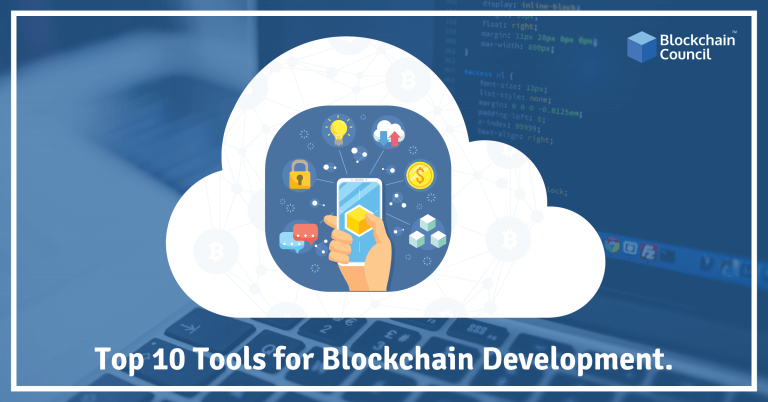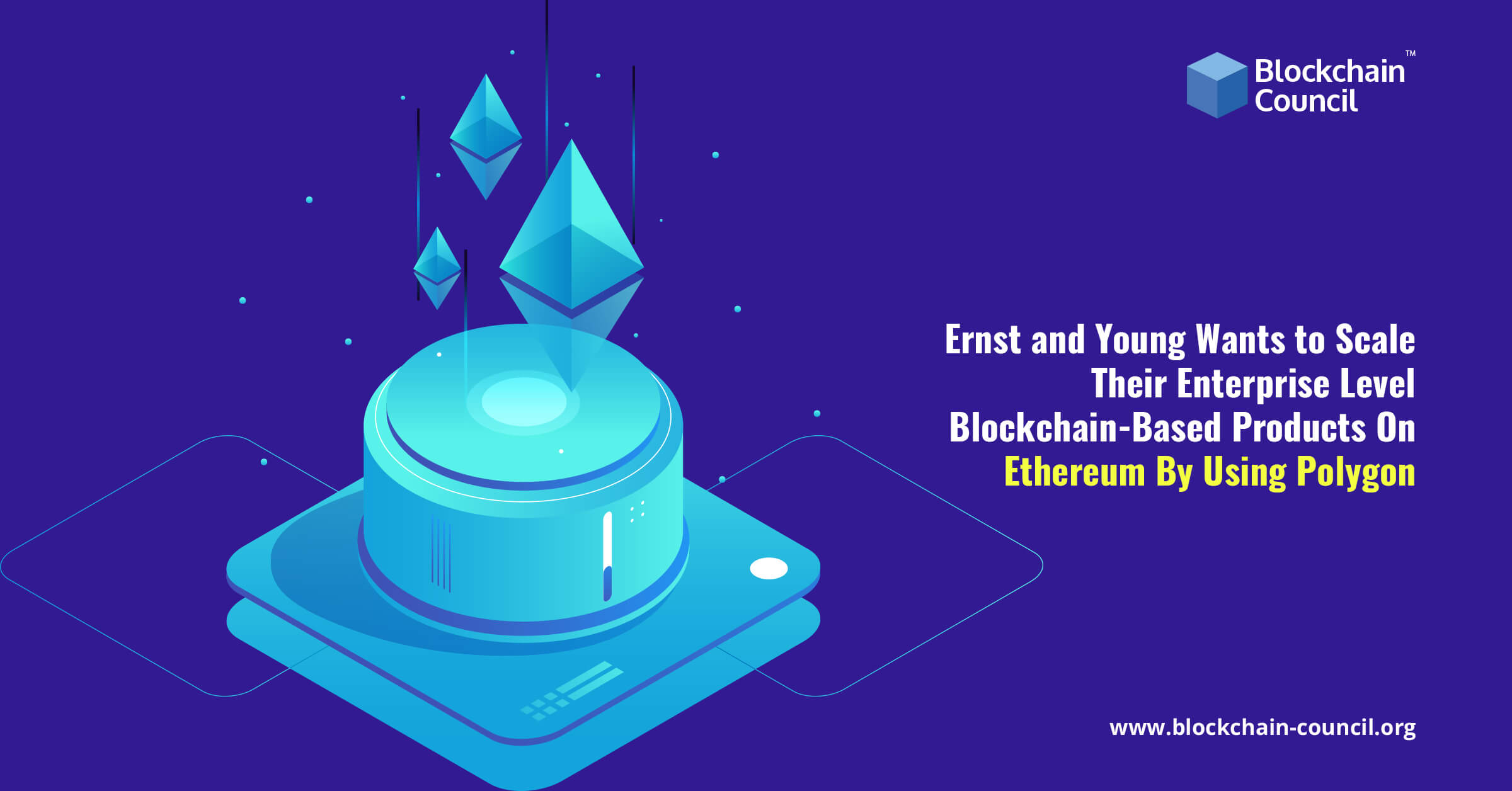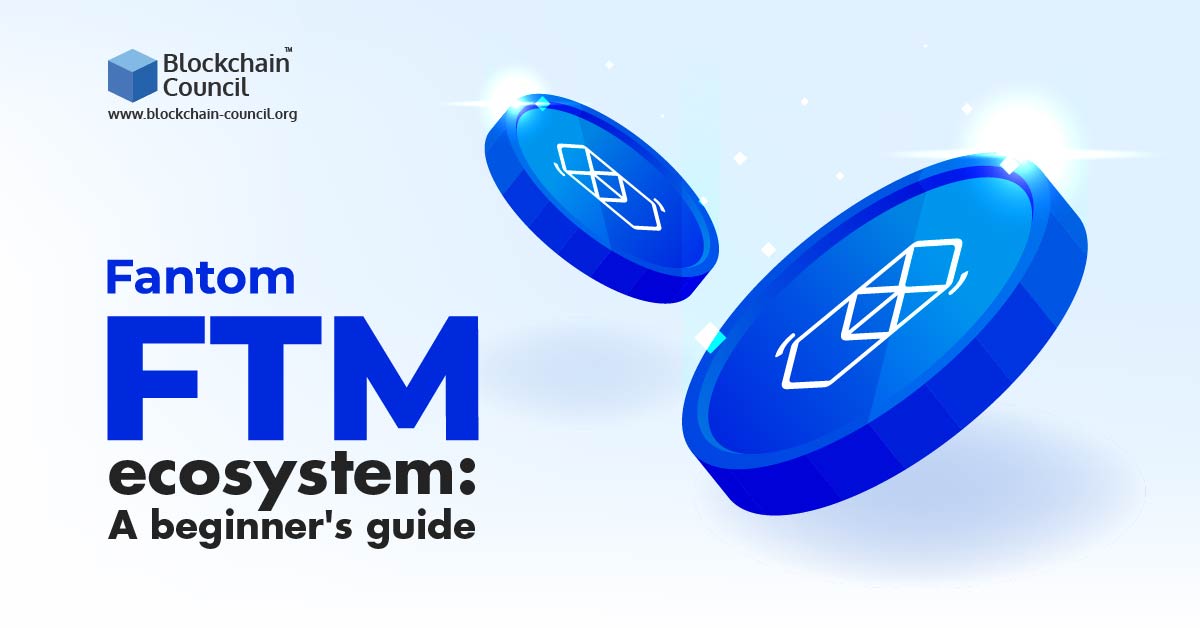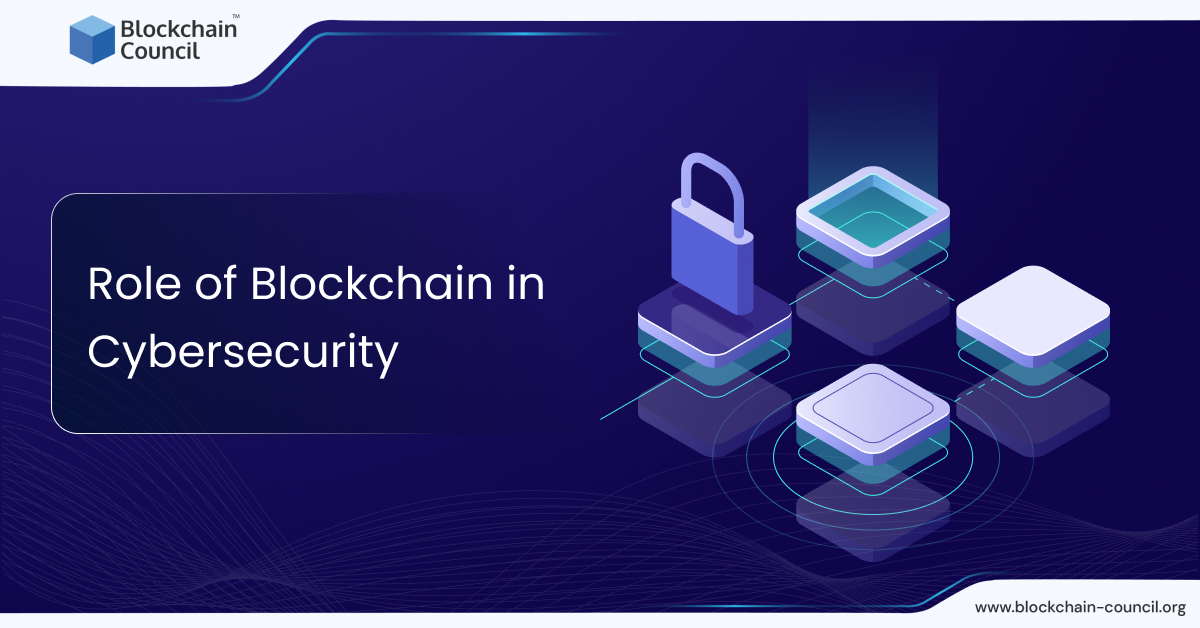
- Toshendra Kumar Sharma
- April 05, 2019
Blockchain, owing to its versatile nature, has a lot more to it than just cryptocurrencies. It is one of the most disruptive and innovative technologies which is the first permanent, decentralized ledger of records. It is indeed a revolution in systems of record.
Let’s analyze the top 10 blockchain tools which help experience the potential of this technology.
1. Solidity
Solidity is the object-oriented programming language which is used to write smart contracts and Ethereum-based applications. Its script is similar to that of the JavaScript programming language and it enhances the Ethereum Virtual Machine. It is the runtime environment in Ethereum. It is used for building and deploying smart contracts on any blockchain.
2. Geth
It is a program which acts as the node of the Ethereum blockchain. Geth acts as a console for inputting commands and executing specific functions. If any default values aren’t set, it will automatically connect to the Ethereum mainnet. Be sure to use an external hard drive for data storage, as Geth will automatically download the entire Ethereum blockchain. Geth is available on platforms such as Windows and Linux.
It uses the Go programming language and allows the user to do the following:
- Transfer tokens between addresses.
- Creation and execution of smart contracts through the Ethereum Virtual Machine.
- Explore block history.
3. Remix
It is a compiler used for small contracts. It supports deploying, testing, and debugging of smart contracts. Its code analyzer helps developers write the best codes. It connects to the blockchain using Metamask, the browser extension for easy access of Ethereum-enabled distributed applications (DApps). It is open-source and hence can be used by anyone for free.
4. Mist
It is an official Ethereum wallet developed by the creators of Ethereum. It is used especially for deploying smart contracts. It is a full node wallet used to store Ether tokens. To use it, one has to download the entire Ethereum blockchain.which is more than 1 Terabyte.
Following download, the software will be synced up to date with the Ethereum blockchain. After it is fully synced, you will get two options as to whether you would like to operate on the test blockchain or on the main blockchain. At this point, you will be asked to choose a password. Be sure to set a really strong password, as your password can never be changed once it is created. So, never forget your password. Your password should be entered each time you want to send Ether, for final confirmation.
5. Solium
Security plays a vital role in the development of each tool. The solidity code must be secure and tamper-resistant. It helps format solidity codes and also helps fix security issues, if any, in the code. It is a tool which is designed to check for vulnerabilities in the code. It does not strictly adhere to the Solidity Style Guide. It promotes coding practices which have been agreed upon by the community.
6. Parity
Post compilation, a development environment needs to be set to deploy contracts on the Ethereum blockchain. An Ethereum client is needed for this and that is where Parity comes into the picture. It is a secure way to interact with the blockchain. Founded by Gavin Wood, former Ethereum CEO, it is written in the Rust programming language. It is directly integrated into a web browser. It allows access to basic wallet functions and Ether. It allows access to all the features of the Ethereum network which make it an Ethereum GUI Browser.
7. DApp Board
It is an analytical Ethereum blockchain explorer. It is a web-based analytics service which serves as an analytical platform for Ethereum smart contracts. It is designed to analyze and monitor the activities of smart contracts on the Ethereum blockchain. Information such as the number of DApps users and the number of Ethers processed by a contract can be obtained.
8. Truffle
It is a development suite for building smart contracts. It aims to simplify blockchain development so as to help developers build decentralized applications quickly and easily. Developers can conduct automated tests using tools such as Mocha and Chai. It is a framework which helps carry out migrations and scriptable deployments. Some of its features are:
- Network Management for both public and private networks.
- Interactive console for direct contract communication.
- Built-in smart contract compilation, deployment, and linking.
9. Embark
It is a developer framework which helps create and deploy DApps and also enables one to create new smart contracts which are then made available in the JS Code. If a contract is updated, Embark automatically modifies the contract and related DApps. Traditional web development languages such as Angular, Meteor, React, etc. are used to interact with the Embark platform. It supports test-driven development of contracts with Javascript thereby allowing developers to manage their contracts on different blockchains.
10. MyEtherWallet
The safest way to store cryptocurrency is to use a paper wallet. This saves a significant part of your crypto earnings. The two kinds of storages used are:
Hot Storage – It is easier to spend crypto as it is linked to the internet, but is vulnerable to hacking.
Cold Storage – Cryptocurrencies are stored offline. Though it is a little difficult to spend, it is safe from hackers.
Paper Wallet is a form of cold storage which involves printing out the private and public keys on a piece of paper which are then saved in a secure place.
Having understood the features of these tools, we now know that using these is a crucial step towards widespread blockchain adoption, especially in the enterprise world.





































































 Guides
Guides News
News Blockchain
Blockchain Cryptocurrency
& Digital Assets
Cryptocurrency
& Digital Assets Web3
Web3 Metaverse & NFTs
Metaverse & NFTs
